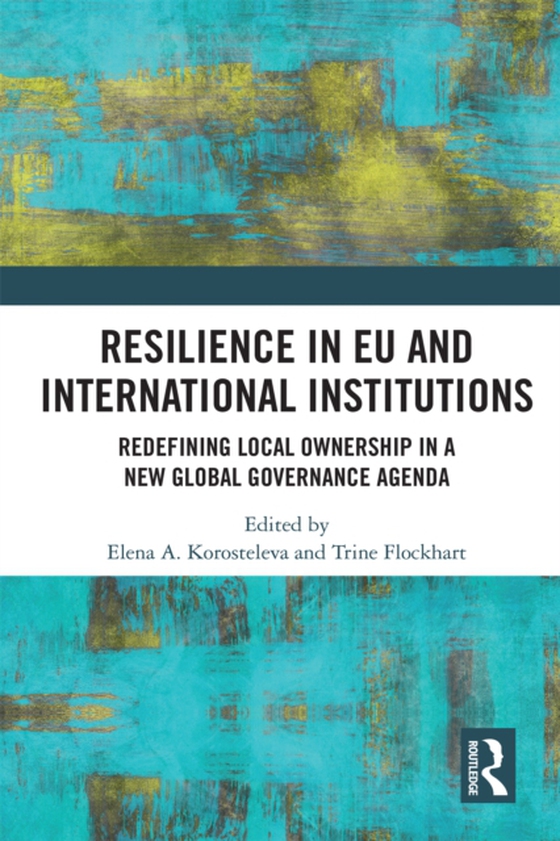
Resilience in EU and International Institutions e-bog
435,46 DKK
(ekskl. moms 348,37 DKK)
This book explores the concept and practice of resilience that has generated much debate among both scholars and practitioners. The contributions propose a new understanding of resilience, both as a quality and a way of thinking, taking it to the level of 'the person' and 'the local', to argue that a more sustainable way to govern the world today is bottom-up and inside-out.While carrying a see...
E-bog
435,46 DKK
Forlag
Routledge
Udgivet
17 december 2020
Længde
278 sider
Genrer
1QFE
Sprog
English
Format
epub
Beskyttelse
LCP
ISBN
9781000283860
This book explores the concept and practice of resilience that has generated much debate among both scholars and practitioners. The contributions propose a new understanding of resilience, both as a quality and a way of thinking, taking it to the level of 'the person' and 'the local', to argue that a more sustainable way to govern the world today is bottom-up and inside-out.While carrying a seemingly unifying message of self-reliance, adaptation and survival in the face of adversity, resilience curiously continues to appear as 'all things to all people', making it hard for the EU and international institutions to make full use of its arresting potential. Engendering resilience today, in the highly volatile and uncertain world hit by crises, pandemic and diminishing control, becomes a priority as never before. This book develops a more comprehensive view of resilience by looking at it both as a quality of the system and a way of thinking inherent to 'the local' that cannot be engineered from the outside. It is argued in this volume that in some cases the level of 'the person', especially the person's sense of what constitutes a 'good life', may be the most appropriate focus for understanding change and strategic adaptation in response to it. This understanding widens the scope of discussion from what makes an entity, system or person more adaptable, to how one can best govern today to establish a stable equilibrium between the global and the local, the external and the internal, and become more responsive to the challenges and changes of today's highly uncertain world.The chapters in this book were originally published in the journal Contemporary Security Policy.
 Dansk
Dansk

